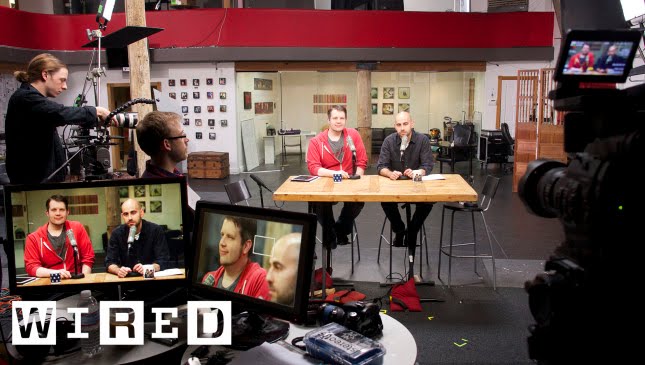The Secrets Behind Successful Field Goals
Summary
Field goals in American football are crucial, with many games being won or lost by just a few points. The pressure falls on the place kicker to perform, and the longer their range, the greater the strategic threat they pose. In this article, we explore the key factors behind successful field goals, including preparation, technique, and biomechanics. We also take a look at the longest field goal kicks in NFL history and what makes them so remarkable.
Table of Contents
- The Importance of Field Goals in American Football
- Preparing for Success
- Perfecting Technique: Foot Placement and Impact Location
- Biomechanics of a Successful Place Kick
- The Longest Field Goal Kicks in NFL History
- Conclusion
The Importance of Field Goals in American Football
Q: Why are field goals so important in American football?
A: Field goals are important in American football because they contribute to a team’s final score. In many games, the margin of victory is small, and a successful field goal can be the difference between winning and losing. Field goals are also strategic tools that teams use to their advantage. Place kickers with a longer range can push a team’s offense to take more risks or set up scoring opportunities with shorter, high-percentage drives.
Preparing for Success
Q: How do place kickers prepare for a game-winning field goal?
A: Place kickers prepare for game-winning field goals by following a rigorous routine that involves mental and physical preparation. Mental preparation involves visualization and meditation techniques that help players focus and remain calm under pressure. Physical preparation includes weight training, cardio, and stretching routines that help players maintain flexibility and power in their hips and legs. Place kickers also practice field goals in varying weather conditions and locations to simulate game-time scenarios.
Perfecting Technique: Foot Placement and Impact Location
Q: How important is foot placement in a place kick?
A: Foot placement is crucial in a place kick because it determines the direction and trajectory of the ball. Place kickers must place their plant foot in the correct position to align their kicking leg correctly with the ball. This helps ensure that the ball travels in the intended direction.
Q: What is the sweet spot in a field goal kick?
A: The sweet spot is the optimal location on the ball where it should be kicked. Hitting the ball in the sweet spot ensures maximum distance and accuracy. The sweet spot is located slightly off-center on the ball and varies depending on the kicker’s foot preference.
Biomechanics of a Successful Place Kick
Q: How have studies of biomechanics helped improve field goal kicking?
A: Studies of biomechanics have helped improve field goal kicking by analyzing the key factors involved in successful kicks, including foot speed, maximum height, and launch angle. Motion tracking systems have allowed players and coaches to analyze the biomechanics of a kick in slow motion and identify areas for improvement. For example, Kansas City Chiefs’ Harrison Butker was able to refine his technique by using motion tracking technology to improve his impact location and foot velocity.
Q: What is the physical limit for field goal distance?
A: The physical limit for field goal distance is dependent on several factors, including altitude, temperature, air pressure, and wind conditions. The farthest distance for a field goal kick currently stands at 70 yards at sea level without wind. However, the precision required for such a distance makes it difficult to achieve consistently.
The Longest Field Goal Kicks in NFL History
Q: Who currently holds the record for the longest field goal kick in the NFL?
A: Matt Prater holds the record for the longest field goal kick in NFL history at 64 yards. However, Tom Dempsey set the record in 1970 with 63 yards. Dempsey’s record is even more remarkable because he was born without toes on his kicking foot and played with a custom shoe.
Q: How have place kicking techniques changed over the years in the NFL?
A: Place kicking techniques have shifted from the toe kick method to the soccer kick method due to increased accuracy. The soccer kick provides a larger impact area for the foot, which increases accuracy and minimizes the risk of injury. The pressure associated with game-time situations is replicated in practice to help players perform under pressure.
Conclusion
In conclusion, field goals are a critical aspect of American football, providing teams with the opportunity to score and win games. Successful place kicking involves a combination of mental and physical preparation, perfect foot placement, and impact location. The study of biomechanics has also helped players improve their technique, allowing them to achieve even greater distances with their field goal kicks. As technology and training continue to advance, it is only a matter of time before we see new records broken in the future.






